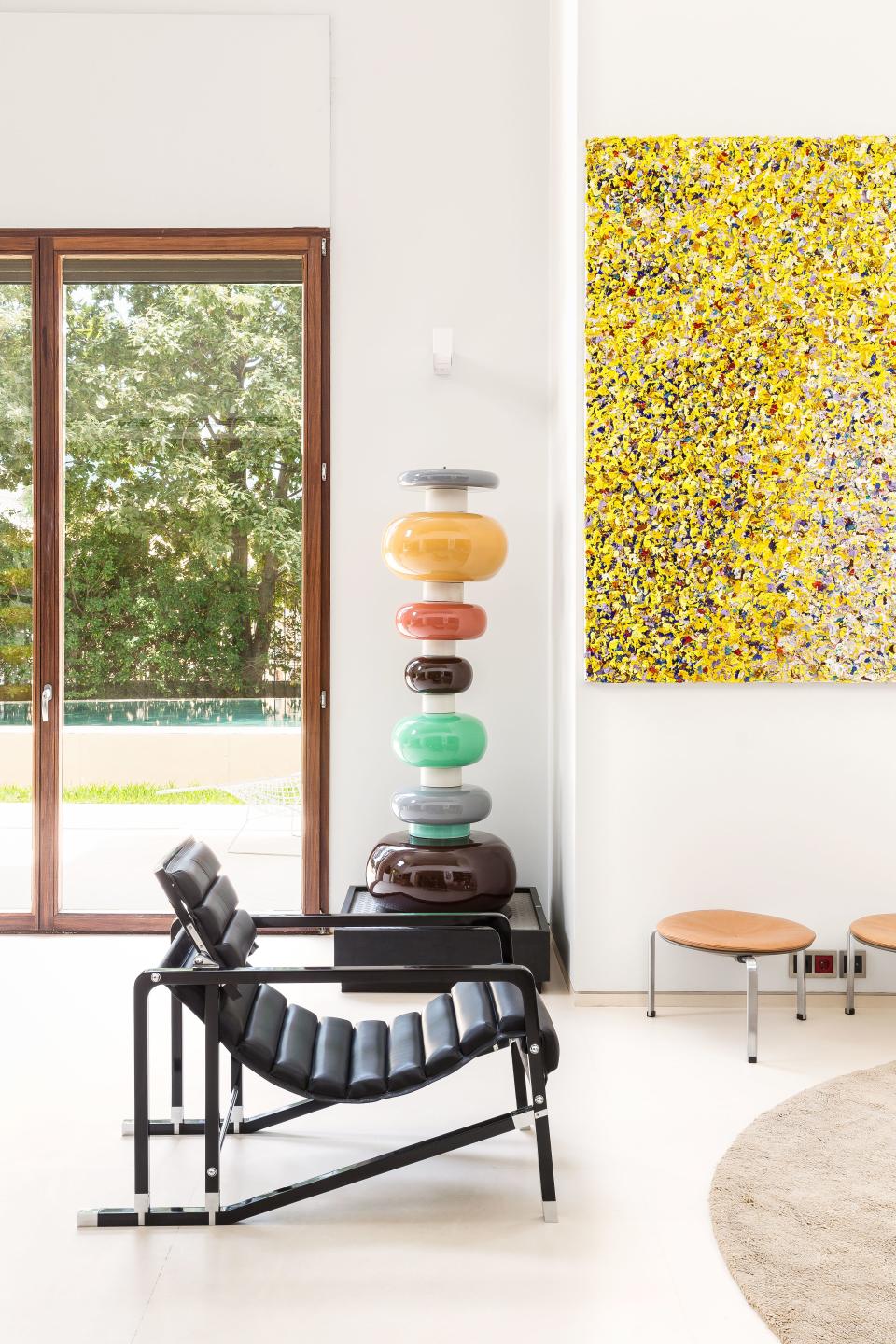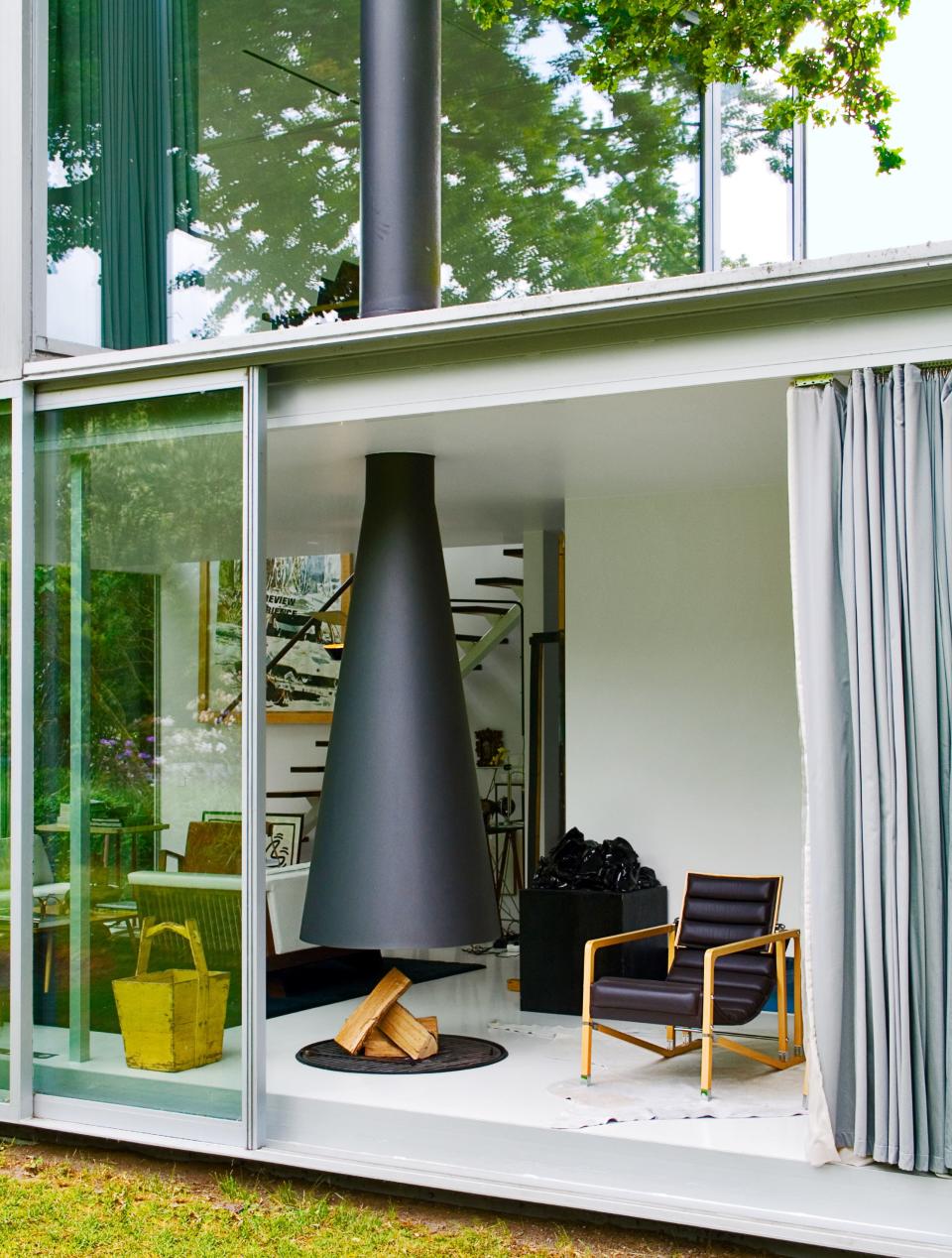The Story Behind Eileen Gray's Iconic Transatlantique Design
Villa E.1027, the modernist Côte d’Azur retreat that Eileen Gray created for herself and Jean Badovici, both architects—she renowned, he not so much—in the late 1920s, looks like a houseboat ready to set sail. A big nautical map hung in the lovers’ bedroom (it “gives rise to reverie,” the Irishwoman mused). On the first-floor terrace a low lounge evoked the easy-breezy deck chairs of an ocean liner, an effortless pairing of comfort (a sling of black canvas; an adjustable headrest) and class (a sleek sycamore frame).

15_001.pdf
Called the Transatlantique (later truncated to Transat), said armchair, originally created in 1922, emerged as a Gray icon when E.1027 was published in Badovici’s L’Architecture Vivante in 1929. The young maharaja of Indore commissioned one for his palace bedroom in 1930 (it sold at Phillips in 2014 for more than $1 million); in 1981, interior designer Andrée Putman placed a pair in a model room at Lord & Taylor. In 2018, Christie’s sold a calfskin specimen for more than $1.5 million.

Today, Ecart International, founded by Putman, produces licensed Transat reproductions (from $17,640 at Ralph Pucci). Gray herself made just 12, in a range of materials that were “dictated by the recipient and the destination,” according to Cloé Pitiot, curator at Paris’s Musée des Arts Décoratifs. “Near the sea, Gray preferred canvas, more resistant to salt and seawater, while for the maharaja’s bedroom, she chose lacquered wood and leather.” Pitiot has gathered two original Transats for Eileen Gray, an exhibition that is opening at New York’s Bard Graduate Center Gallery on February 29.


She describes the Transat as “a call for slowness; a chair for rest,” and it’s an idea many designers seem to have embraced, employing it most often in spots built for relaxation, like a beach house in Amagansett by David Netto or Pamela Shamshiri’s abode above Laurel Canyon. Netto, who calls the design “achingly beautiful,” loves employing one solo in black leather and lacquer, which, he says “delivers a shot of glamour in any room.” ralphpucci.net
Originally Appeared on Architectural Digest


